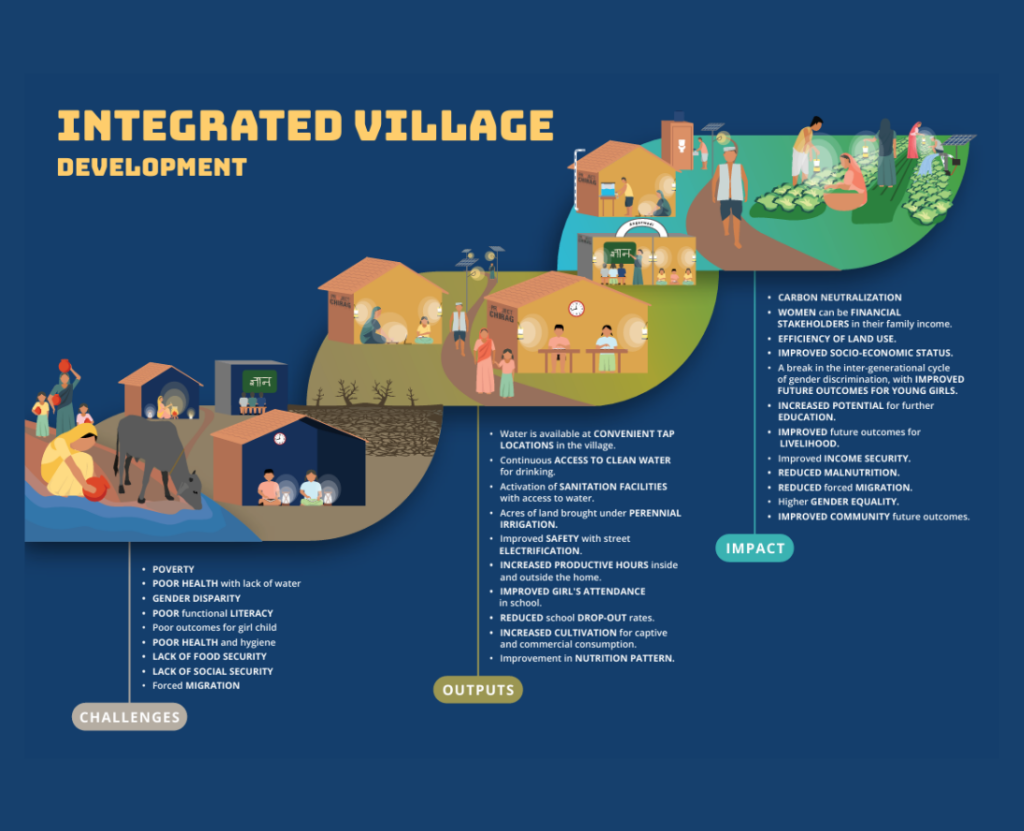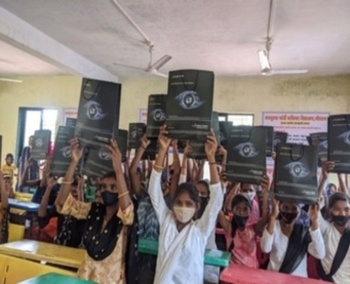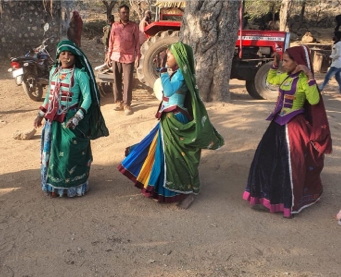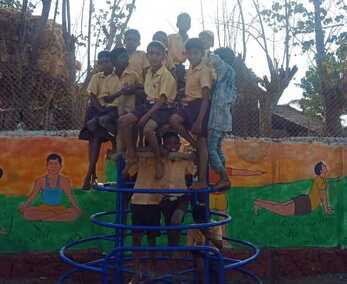To Brand or not (have time) to Brand

For as long as one can remember, ‘branding’ as a term was relegated to the big wigs of corporations, and the common use goods we found in homes. Brands always existed. We didn’t necessarily understand the value of the exercise of branding, but did we know Amul and Bisleri and Xerox had become synonyms of their category? Oh yes. As marketing and management students, we learnt about in text books, case studies and from industry experts, Sainsbury the who was always stuck in the middle, and Tata who ruled the roost from so far above to classify it was almost impossible.
If the millennials studied it, Gen Z took it a step forward, they branded ‘oneself’. Brand ‘YOU’ it is called. The creation of a distinct identity that helps others pick you over your competition. And today, branding and its strategy is big business. A name itself does not cut it. Why? Because as the world evolves, our choices grow, our attention spans shorten, and the sheer volume of available information expands exponentially, it has never been more important to be able to represent distinction. For oneself, sure, but more importantly, for what we do. And the ones that tend to do it the last, are the ones that do the most good work.
Like any sector, the nonprofit sector has the big Mummas and Daddies, and the prides and schools and herds of little cubs that often spend decades caring for elements of life, society, and nature, least looked after. The economically disempowered, or educationally disadvantaged, the wordless environment or cracking eco-systems, their job, has always been to put their best foot forward for causes they find worthy, rally support of those that find them worthy, and take baby steps every single day to run the most mammoth of marathons.
The number of nonprofits in India has grown manifold since the start of this century. The growth is not only statistical but also in supported causes, and diversity of capabilities. Fundraising has transformed, and rightly so, with a big push on CSR, FCRA and HNI funding, with giving taking on an almost strategic advent. Once again, branding strategy has become a key driver, and yet, it is only the very large nonprofits that invest (not just money, but time and understanding worth) in creating brands for their firms. The smaller ones will often say, they don’t have the time to.
I read something very interesting by Kevin Brown of Mighty Ally, “To get funding, be fundable & findable.” Fundraising isn’t only about putting your cause out there and asking for it to be funded, but also ensuring that your funder understands what they’re putting their good money to, not just in the cause, the metrics will speak there, but in those that work on the cause, the brand behind them.
Creating brands isn’t everyone’s cup of tea. Especially when you’re a nonprofit professional whose life is like that of a professional firefighter. A good first step, we’ve noticed, is storytelling.
So here’s a simple tool.
Think of your protagonist. And ensure it isn’t your organization. For all intents and purposes your protagonist needs to be the participant or beneficiary of your program. Now what problem
do they face? And what help can your donor provide to save them from their challenges? Via you, of course. How will life be if your donor does not provide this to them? And how will they feel and how will their life change if your donor DOES provide this support? Let’s end with what the world looks like if this problem is solved, for the participant, for the donor, and for the world at large.
A growing number of nonprofits is an excellent state, and in an ideal world, the good work done by them would be enough for one to select the perfect cause and fulfillers to fund, but reality, as in most cases, leaves us with its own (rather excellent) dilemma. Good work is the rule, not the
exception. So how do we, as NGOs, put ourselves out there, on the marriage mart of funders and fundees, to find our very many good matches. How do we represent our distinction?
Well, let’s start with a brand story, and see where it takes us.


